DVD-Rip | AVI + AUDIOBOOK | XviD MPEG4 @ 1 Mbit/s | 640×480 | MP3 Stereo @ 256 Kbit/s 48 KHz | 18 Hours | 10.2 GB
Genre: Classical Music, Concert History, Education | Label: The Great Courses | Language: English | Subtitle: None
In this series of 24, 45-minute lectures, Professor Robert Greenberg gives you a guided tour of the concerto from its conception as a child of Renaissance ideals, through its maturation in the Classical age, its metamorphosis in the Romantic era, and its radical transformation in the 20th century. The course closes with a look into the future at concerto composers who are now in mid-career and poised to carry this vibrant musical tradition well into the 21st century. These lectures are musically rich, including selections from nearly 100 concerti representing more than 60 composers—from Gabrieli to Gershwin, from Schumann to Shostakovich.

More Tutorial Description
300 Years of Concerti
In this series of 24, 45-minute lectures, Professor Robert Greenberg gives you a guided tour of the concerto from its conception as a child of Renaissance ideals, through its maturation in the Classical age, its metamorphosis in the Romantic era, and its radical transformation in the 20th century. The course closes with a look into the future at concerto composers who are now in mid-career and poised to carry this vibrant musical tradition well into the 21st century.
These lectures are musically rich, including selections from nearly 100 concerti representing more than 60 composers—from Gabrieli to Gershwin, from Schumann to Shostakovich.
Along with the bedrock of the repertoire, represented by Vivaldi, Bach, Mozart, Beethoven, Mendelssohn, Chopin, Schumann, Liszt, Brahms, Tchaikovsky, Dvorak, Rachmaninoff, Bartok, and many others, you will be introduced to superb concerti by Hummel, Vieuxtemps, Wieniawski, Moszkowski, Paderewski, Ginastera, and other less-familiar masters.
The many pieces you will explore in depth include:
• Mozart’s Concerto for Flute in G Major, K. 313: For one who claimed to detest the flute, Wolfgang Mozart composed some of the most gorgeous music ever written for the instrument.
• Haydn’s Concerto for Trumpet in E-flat Major: Often heard on today’s concert stage, this stirring piece was nearly lost forever. It was only found in 1929—120 years after Joseph Haydn’s death.
• Beethoven’s Piano Concerto no. 4 in G Major, op. 58: Ludwig van Beethoven’s Fourth Piano Concerto is one of his greatest works in the genre—filled with compositional, pianistic, and expressive innovations that changed the course of Western music.
• Chopin’s Piano Concerto no. 2 in F Minor, op. 21: Disdaining large-scale form, Frederic Chopin strove for achingly beautiful themes and an amazing harmonic palette. The spectacular third movement of this piece is a Polish mazurka gone wild.
• Grieg’s Piano Concerto in A Minor, op. 16: The most beloved and recognizable concerto to early 20th century audiences was not by Bach, Mozart, Beethoven, Mendelssohn, or Brahms; it was this piece by the Norwegian composer Edvard Grieg.
• Tchaikovsky’s Violin Concerto in D Major, op. 35: In Professor Greenberg’s estimation, this concerto is Peter Tchaikovsky’s single greatest work and one of the greatest concerti of the 19th century.
Other highlights of the course include virtually an entire lecture devoted to Johannes Brahms’s Piano Concerto no. 2 in B-flat Major, op. 83; and another lecture focusing on Antonin Dvorak’s Concerto for Cello in B Minor, op. 104, “the greatest cello concerto ever written,” says Professor Greenberg. You also explore some notoriously esoteric and difficult 20th-century composers, including Arnold Schoenberg and Elliott Carter, learning how their music is much more accessible than it appears.
Concerto Play-by-Play
As in his many other courses for The Teaching Company, Professor Greenberg has put together a fascinating itinerary that will surprise, delight, and instruct you, introducing you to new realms of music and also teaching you how to appreciate familiar pieces in new ways.
And, as always, his musical analysis is a vivid play-by-play, mixing technical information (which he always explains) with a connoisseur’s appreciation for the grand effect, the crucial detail, and the telling anecdote that help bring a piece of music to life.
For example:
• Bach’s Brandenburg Concerto no. 3 in G Major, BWV 1048: “One could argue quite persuasively that rather than feature no soloist at all, Brandenburg 3 demands that virtually every player become a soloist.”
• Mozart’s Concerto for Piano no. 21 in C Major, K. 467: “Mozart creates for the piano a persona that is a rakish bon vivant that stands in contrast to the orchestra’s grandeur. The piano is ‘escorted’ on stage, Dean Martin-like, by what I imagine to be three lovely ladies: a sultry redhead, portrayed by a solo oboe; a husky-voiced brunette, portrayed by a solo bassoon; and a ravishing blonde, portrayed by a solo flute.”
• Bartok’s Piano Concerto no. 2: “Bartok’s music is precisely what all 21st century music should aspire to be: personal, powerful, and brilliantly crafted; music that somehow manages to reconcile diverse aspects of our global environment into a whole greater than its parts. Bartok is, truly, a composer for our time.”
• Richard Strauss’s Oboe Concerto in D Major: “Strauss’s Oboe Concerto is a masterwork of elegance, melodic grace, and concision, though it begins with a passage that strikes fear and dread in the heart of every oboist. To play the passage, an oboist has to use a technique called circular breathing, during which she must exhale air held in the cheeks while simultaneously inhaling through the nose.”
A Thrill in Every Sense
Professor Greenberg observes that the same qualities of drama and conflict that make concerti exciting experiences for the audience also create the prospect for real-life conflict among the musicians. “The performance of a concerto is ripe with potential for interpersonal conflict that goes beyond the usual conductor versus orchestra warfare,” he notes. “By adding an outsider—a featured soloist—to the mix, we are witness to an exponential increase in the likelihood for interpersonal rivalry, resentment, envy, and sabotage.” Professor Greenberg gives a behind-the-scenes glimpse at several incidents that illustrate the fragile egos and turf wars that seem to be an inevitable part of the business of making great music.
But great music it is—a thrill in every sense. The concerto is a genuinely theatric construct. Beyond its pitches, rhythms, and forms, it is about the aspirations of the individual—each of us, as we venture forth and make our way in a sometimes hostile, sometimes friendly, but always challenging environment.
Course Lecture Titles
1. The Voice in the Wilderness
2. The Baroque Italian Concerto
3. Baroque Masters
4. Bach’s Brandenburg Concerti
5. Mozart, Part 1
6. Mozart, Part 2
7. Classical Masters
8. Beethoven
9. The Romantic Concerto
10. Hummel and Chopin
11. Mendelssohn and Schumann
12. Romantic Masters
13. Tchaikovsky
14. Brahms and the Symphonic Concerto
15. Dvorak
16. Rachmaninoff
17. The Russian Concerto, Part 1
18. The Russian Concerto, Part 2
19. The Concerto in France
20. Bartok
21. Schönberg, Berg and the 12-Tone Method
22. Twentieth-Century Masters
23. Elliott Carter
24. Servants to the Cause and Guilty Pleasures
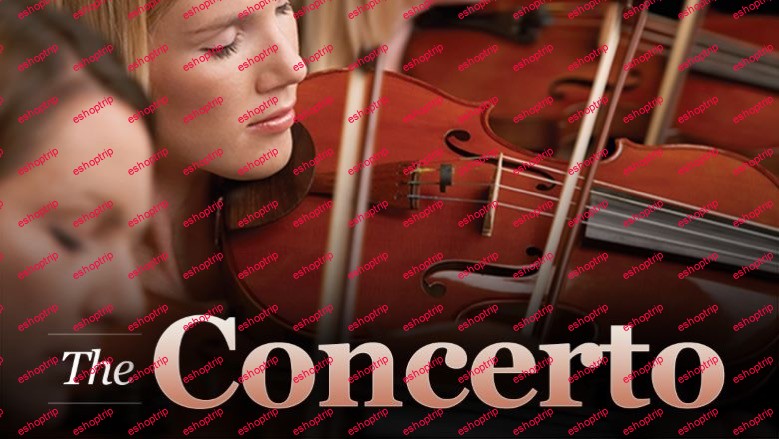
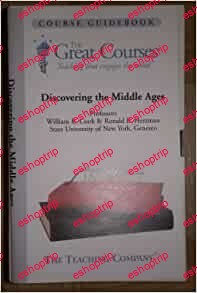


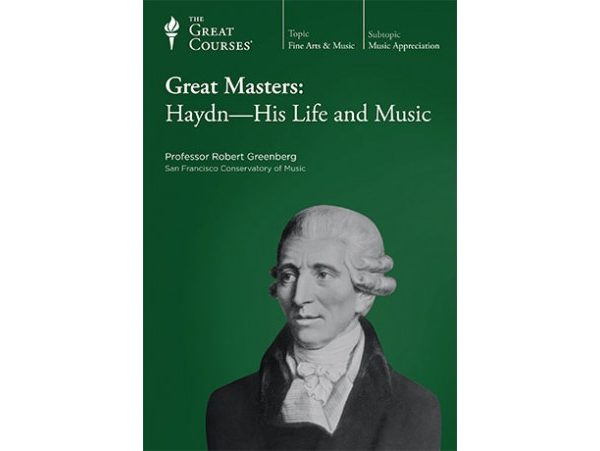


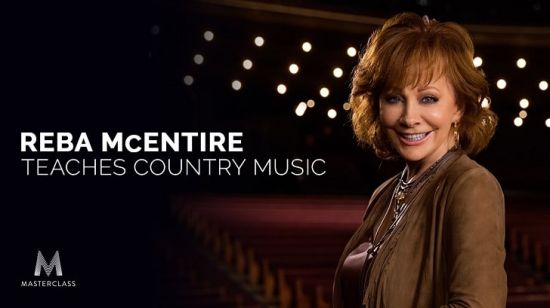
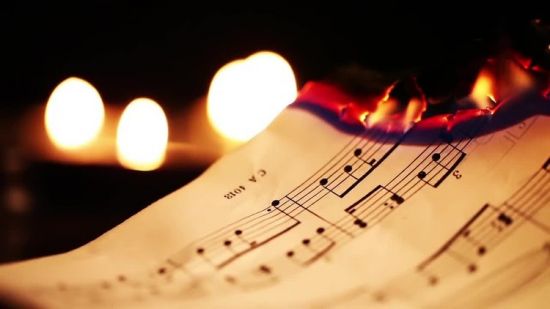


Reviews
There are no reviews yet.